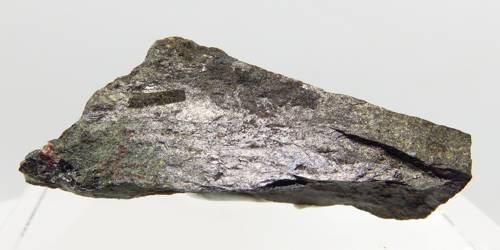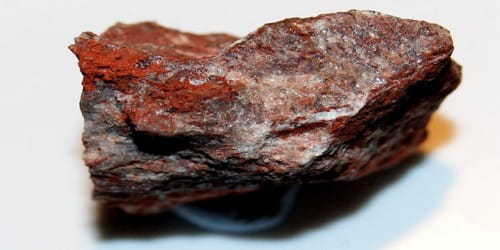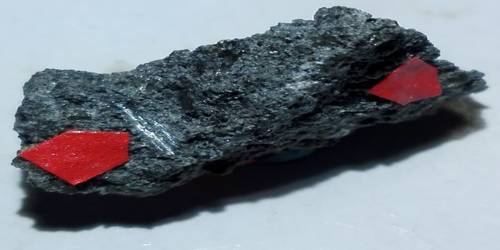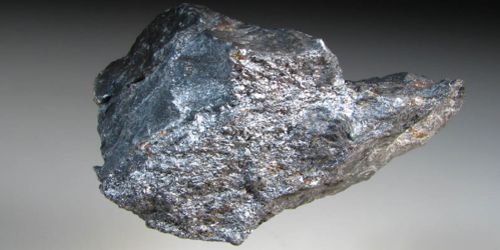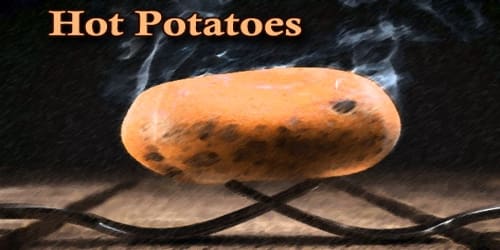Bobfergusonite is a mineral with formula Na2Mn5FeAl(PO4)6. The mineral varies in color from green-brown to red-brown. It was discovered in 1986 in Manitoba, Canada, and named for Robert Bury Ferguson (born 1921). As of 2012, the mineral has only been found in Canada and Argentina.
The mineral and the name bobfergusonite were approved by the IMA Commission on New Minerals and Mineral Names.
General Information
- Category: Phosphate mineral
- Formula: Na2Mn5FeAl(PO4)6
- Crystal system: Monoclinic
- Crystal class: Prismatic (2/m) (same H-M symbol).

Properties
Bobfergusonite can be identified in the field by its color variations, such as greenish-brown and reddish-brown. Its transparent to sub-opaque form has {010} perfect cleavage. This mineral has a resinous luster, with a yellowish-brown streak. The fracture of this mineral is brittle.
The density of bobfergusonite is 3.54 g/cm3, with a hardness of 4 – approximate to fluorite.
- Color: Green-brown to red-brown
- Cleavage: Perfect on {010}
- Fracture: Irregular/Uneven
- Tenacity: Brittle
- Mohs scale hardness: 4
- Luster: Sub-vitreous, resinous, greasy
- Streak: Yellow-brown
- Diaphaneity: Translucent to transparent
- Density: 3.54 g/cm3
Occurrence
Bobfergusonite occurs in an uncommon primary mineral in the intermediate zone of a granite pegmatite enriched in manganese and fluorine. It is often associated with minerals such as beusite, fillowite, triplite, apatite, and alluaudite.
It occurs as equant anhedral single crystals up to 1 cm (0.39 in) in size or as nodular aggregates of few crystals. The mineral varies in color from green-brown to red-brown. Thin fragments of bobfergusonite are transparent. Bobfergusonite has been found in association with alluaudite, apatite, beusite, fillowite, and triplite. It is a primary mineral that occurs in the intermediate zone of manganese and fluorine enriched granitic pegmatites.
Information Source:
